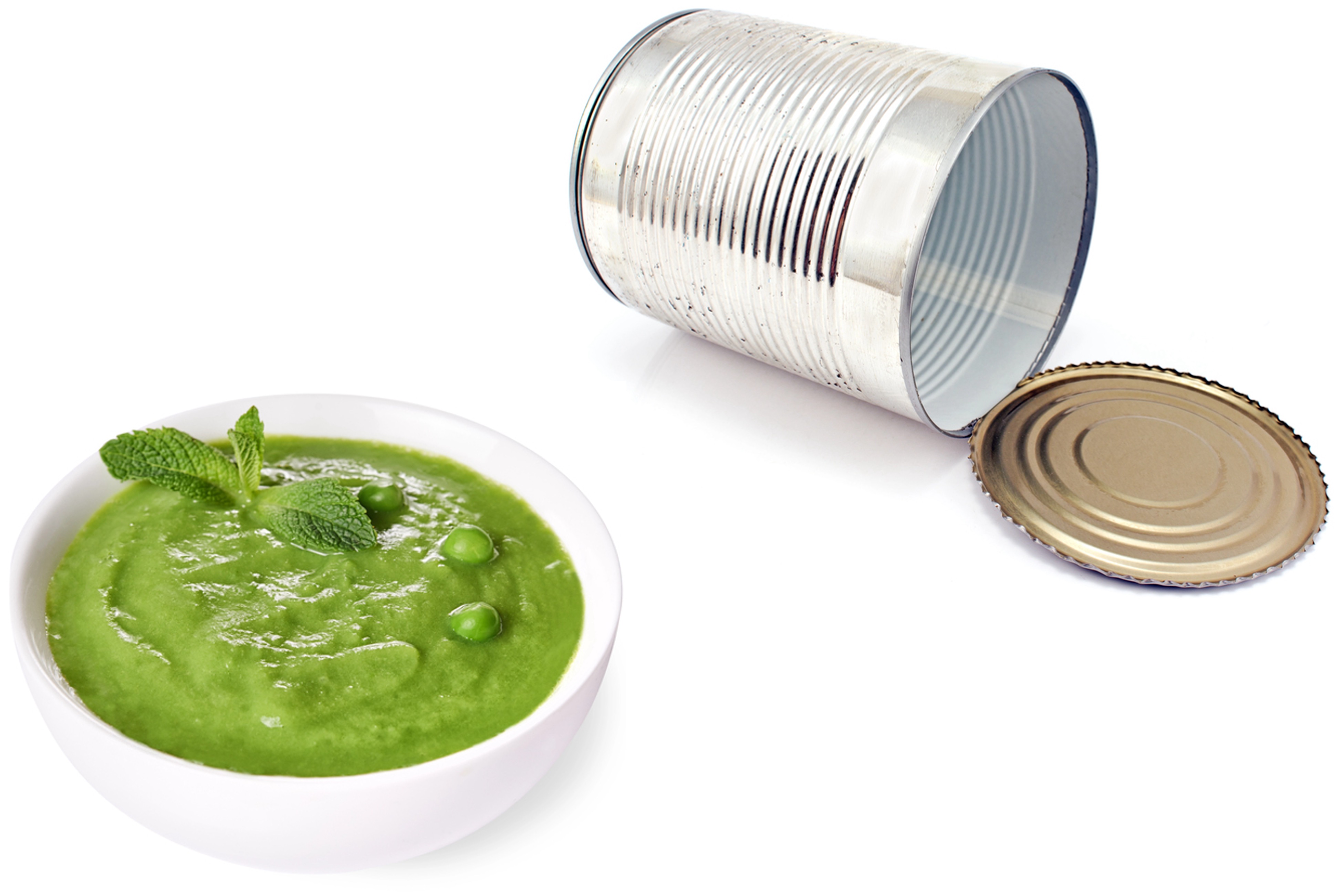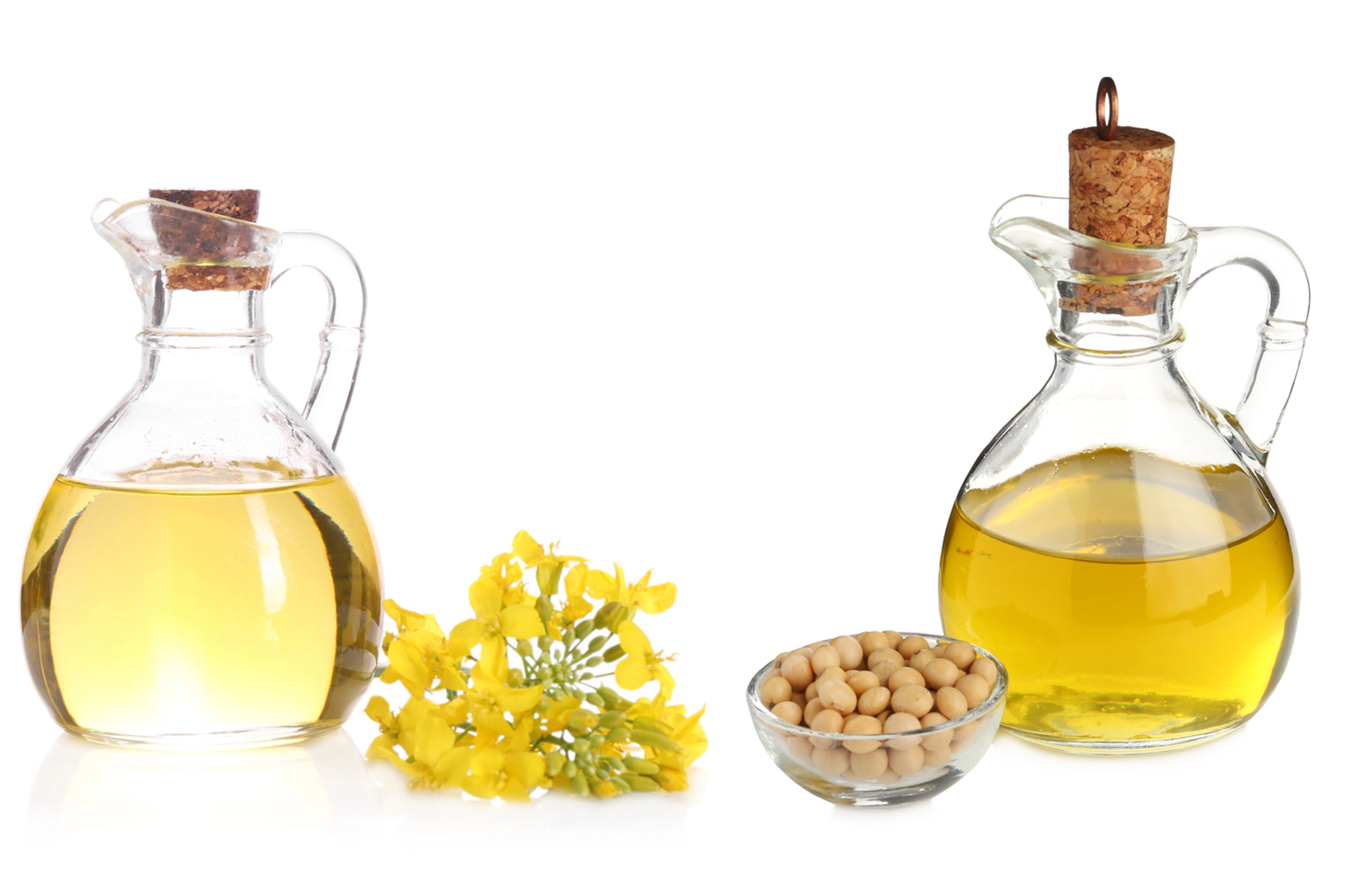Food contact material must conform to the regulation (EU) No. 10/2011 and fulfil the article 3 of regulation (EU) No. 1935/2006 to be regarded as safe for the customer. A recent IARC monograph (2019) classified styrene as ‘probably carcinogenic to humans’ (Group 2A). For styrene in food contact material an ongoing risk re-assessment was issued by EFSA in 2023, which will be finished in April 2025.
Styrene and styrene oligomers migrate in food from polystyrene based food contact material. Migration can be quantified in food simulants e.g. by online LC-GC-coupling methods. According to the recommendation of BfR (2016) migration levels of the individual dimers and trimers of the styrene oligomers should be below 50 µg/kg per substance in the migrate. "The migration of styrene into foods packed in styrenic plastics is below 10 µg/kg for the majority of foods, but up to 230 µg/kg was reported" according to EFSA (EFSA Journal 2020;18(10):6247).
Method ring test P2535-MRT is designed for the quantification of styrene and styrene oligomers in food simulants D2.
Styrene and oligomers thereof are spiked in a sunflower oil as food simulant D2. The spiked concentration levels are in a low µg/kg range.
The analytical data are assessed with respect to
- the comparability (z-score), and
- the trueness (70 to 120% of the spiked level).
P2535-MRT is offered as a method ring test, which means, the evaluation is not limited to the pure statistical evaluation.
The participants are asked to
- provide the chromatograms related to the test materials.
- answer a questionnaire related to relevant aspects of the sample preparation and analysis.
The chromatograms as well as the answers related to the questionnaire are summarised in separate parts of the final report. For reasons of fairness, only those participants, which provide details and chromatograms will receive these parts of the report. The data will help to identify shortcomings, built the basis for further discussion and thus help to enhance the quality of the applied method.
styrene, 2-methylstyrene, 1,3-diphenylpropane, 2,4-diphenyl-1-butene, trans-1,2-diphenylcyclobutane, 2,4,6-triphenyl-1-hexene, 1e-phenyl-4e(phenyl ethyl)-1,2,3,4-tetrahydronaphthalene, sum styrene oligomers




